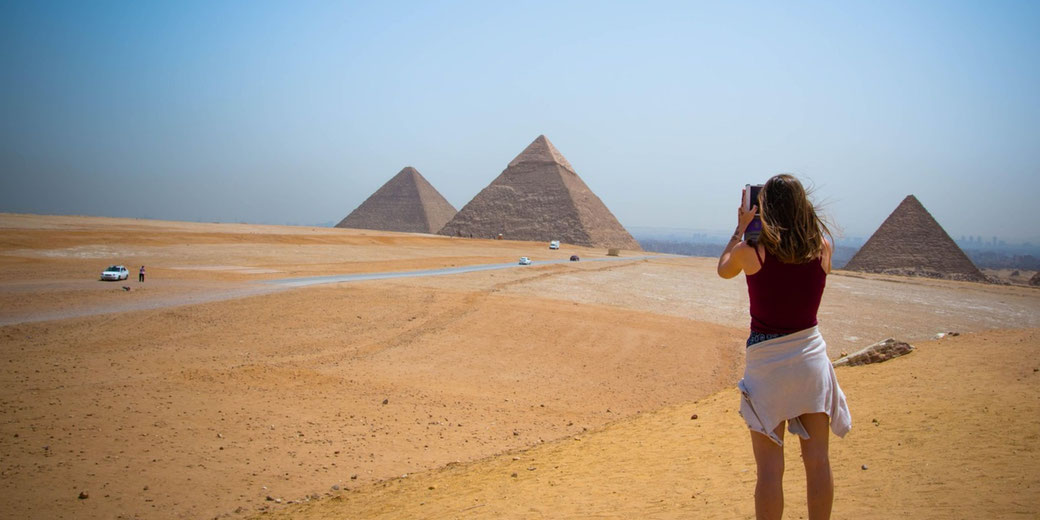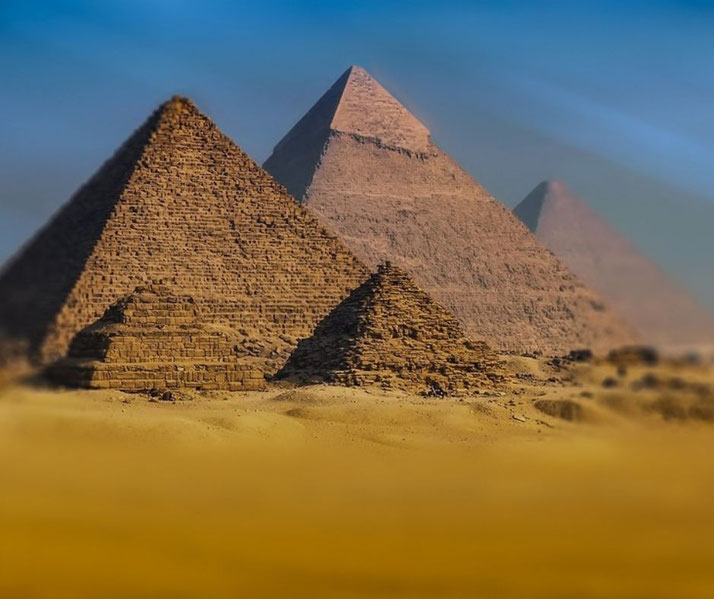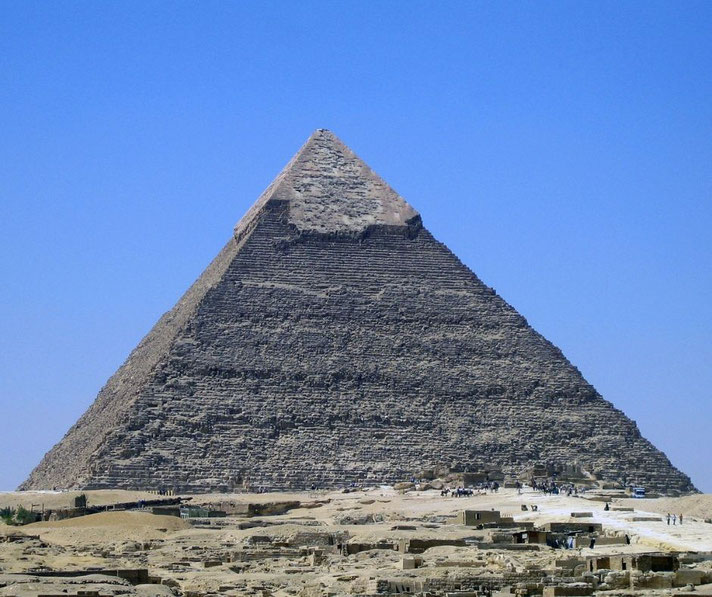Why were the Egyptian pyramids built?

One of the most common images of ancient Egypt are the pyramids. Over a hundred pyramids were built all throughout Egypt during the ancient era, but the most famous are the three largest at Giza, near the modern capital city of Cairo.
Pyramids are giant tombs built to bury the pharaohs after they died. Most of the pyramids were built during the Old Kingdom period.
They were massive building projects that took decades to build and relied upon the work of thousands of labourers.
But why did pharaohs spend so much time and money on constructing so many of these structures?
The main reason the kings of Egypt built the pyramids was due to what they believed about the afterlife.
Ancient Egyptian society believed that when the pharaohs died, they became the god Osiris.
But, for the king to survive in the afterlife, it was vital that his ka (which was similar to a soul or spirit) survived.
In order for the ka to survive, it needed food in the form of offerings from the living, and it needed a physical place to rest with the body of the king during the day.
This is what the pyramids were for: a place for the pharaoh's ka to live.
That is also why the Egyptians practised mummification: to help the body remain for the ka to dwell in it.
They also believed the ka needed all of the tools and equipment from the king's earthly life in the afterlife, and so they buried the pharaohs with as many treasures as they thought necessary.

The development of the pyramids
The idea of building pyramids as large as those at Giza took a long time, and it was a process of trial-and-error to get right.
Long ago, the first burial places were not pyramids, but much smaller 'house' shaped tombs.
These were called mastabas and they were square-shaped structures. At some point, someone thought that placing another mastaba on top of the first one, and then another, of decreasing size, would create a better burial structure.
This idea led to the famous 'Step Pyramid', built for the pharaoh named Djoser, near the town of Saqqara.
It stands over 60 metres high and is made of six layers of mastabas. While it doesn't have the smooth sides of the later pyramids, it is considered to be the first 'real' pyramid.
Egyptian tradition claims that the designer of this tomb was called Imhotep, and he became known as the genius who came up with the idea of pyramids.

Building a pyramid was a significant project and the pharaohs commissioned them years in advance of their death.
The arduous work of chiseling the stones, moving them to the building site and putting them in place, was carried out by a vast workforce of workers.
Mostly, this was done by peasant farmers who did it when they weren't busy harvesting their crops.
Once the first pyramid was built, other pharaohs tried to improve upon the idea and make them bigger and better than before.
The pyramids of Giza
The largest pyramid ever built in Egypt is known as the Great Pyramid and was constructed by the pharaoh Khufu at Giza. It stands at around 147 metres high.
It was so impressive that two other kings, Khafre and Menkaure, built theirs next to it, but were not able to make them as large as Khufu's.

Most pyramids have a similar design. Inside, there is a room where the pharaoh's body was placed, along with all the treasure, which is known as the 'burial chamber'.
Sometimes, there is also a second room, where other treasures were stored, called an 'ante chamber'.
The pyramids usually had a second building attached nearby, called a memorial temple, which is where the Egyptians would have visited to make offerings to the king's ka to keep him alive in the afterlife.
Eventually, the cost of building pyramids became too much, and the pharaohs stopped building them around of the end of the Old Kingdom period.
Since the pyramids were so large and were obviously a place where treasures could be found, the ancient Egyptians often robbed them themselves.
So, instead of building pyramids, later kings buried themselves in hidden tombs in the Valley of the Kings at Thebes, where they hoped that their kas would rest in peace.
What do you need help with?
Download ready-to-use digital learning resources
Copyright © History Skills 2014-2025.
Contact via email
With the exception of links to external sites, some historical sources and extracts from specific publications, all content on this website is copyrighted by History Skills. This content may not be copied, republished or redistributed without written permission from the website creator. Please use the Contact page to obtain relevant permission.





